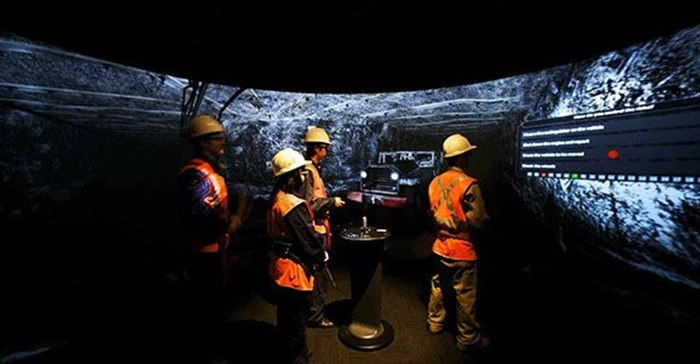
Digital transformation will not only elevate traditional mining operations to new levels of efficiency, but they have the potential to turn the mining value chain upside down, both disrupting traditional business models and long-standing relationships with customers, suppliers and even competitors. The companies that are tapping into this process will reap the benefits of faster, new growth and greater efficiency in their operations, according to the Boston Consulting Group's latest report entitled The New Technology Frontier in Mining.
Digital technologies are already enabling companies to operate faster and more efficiently, streamline costs, enhance safety, and reduce their environmental footprint. Consider these examples from throughout the value chain; many of these changes are imminent, some are already in use.
For instance, big data and analytics could dramatically reduce the cost of exploration - a welcome development, considering that the pre-crisis spike in exploration spending has only proved how elusive major discoveries can be.
In addition, using data collected from existing equipment and monitoring devices, engineers can create simulations to precisely plan and schedule operations. Even without mobilising people and other physical resources onsite, they can pinpoint operational requirements, address bottlenecks, and determine likely output. Sensor technology could provide extra potency to this approach: contactless molecular sensors could analyse the characteristics of the ores in the ground. Using a digital twin, companies are likely to perform simulations to determine the efficiency and productivity of a future mine. They can do probability modelling, a major advantage in situations where time is a decisive factor, such as meeting permitting deadlines or mollifying public opposition. These simulations save time as well as money, because weather and physical conditions are no longer an obstacle.
Mining companies’ traditional role in extracting and processing ore could change just as dramatically. For example, some mining companies have switched to leasing rather than owning heavy equipment, leveraging the advantage of vehicle data collection on a larger scale than one operation. In such arrangements, the OEMs handle the maintenance; the mining companies simply purchase hours of productive use. Thinking this further, if the economics make sense, OEMs might very well take over hauling operations completely. Thus, equipment as a service could mean not just leasing out the asset and maintaining it - but possibly even providing the labour that operates it remotely. In a more extreme scenario, some steps, such as traditional mineral processing, could disappear altogether. Imagine teams of autonomous robots that are programmed in a self-optimising pattern to extract and process ore in place, removing the need for crushing and leaching altogether.
Besides shedding light on where the industry is going and how technology trends are shaping the future of mining, the report also illustrates how mining companies can approach technology innovation in a way that simultaneously explores the potential value of innovative technology, but also delivers immediate value to on-site operations. It considers how digital transformation is about much more than investing in technology. It entails using the right technology that align to your business processes and assists your company in creating greater value for the business and its customers, resulting in greater growth.